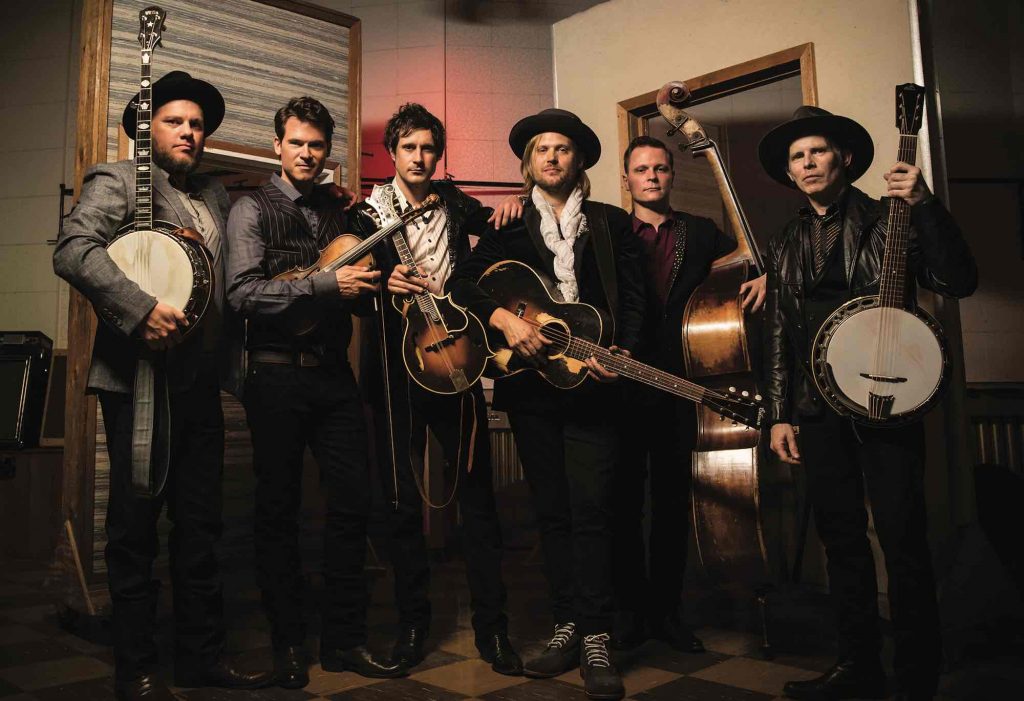So a while back, I was workin’ my ass off on Project X and a buddy shoots me a link and says, “Hey, look! Some game blog has an article about guns!”
So of course, I clicked… and read it. I learned that it was written by a fellow claiming to be a former sniper… blah blah blah… Imagine my joy when I find this gem in the article:
“The .38, 9mm and .357 is the same bullet. The difference is the casing. The 9mm has a longer case then the .38, the .357 is longer than the 9mm. What this means is more powder behind the bullet and an increase in velocity. So .38 bullet travels slower than the 9mm bullet which is leaving the barrel at a slower rate of speed then the .357. “
What the hell did I just read???? Hold on. I am gonna go back and read it again. You do the same. Meet back here when we’re done, and we’ll see if we’re delusional or if spec ops snipers are really this damned ignorant.
HOLY SHIT!
Military snipers are in fact that ignorant. How ignorant?
That is a picture of a .38 special next to a 9mm. The case on the .38 appears to be longer than the total length of the 9mm, bullet and all! (it actually isn’t though). Oh, and are they the same bullet? No. That .38 is a 130 grain hollow point. 9mm full metal jackets are 115 grains.
Honestly, a quick check of Infogalactic lists the case length of a 38 special as 1.155 inches.
IG also lists the case length of 9mm as .754 inches.
So given this, why is the 9mm pushing a bullet of similar weight faster? Well, the short answer is that the 9mm is a much more modern cartridge, burning modern powders. The .38 special was introduced in 1898. Savvy?
The maximum pressure for a .38 special is listed at around 18,000 PSI. Compare that to the 9mm which is listed at 35,000 psi. This just in: 35,000 psi is a lot more than 18,000 psi, and you don’t need to talk to a physicist to understand why one of those bullets is moving a lot faster than the other.
The 9mm is maxing out at pressures that are about the same as the max pressure for a .357 magnum.
And now, I hope you understand why you shouldn’t be going to Game blogs to get information about firearms.
We have gun blogs for that.
If you want to know about guns, come here. If you want to know how to insult fat girls and pretend to be a cool dude, go see the Game guys.











5
I think your argument that 9mm is “new” and .38 is “old” doesn’t really work since 9x19mm Parabellum was introduced in 1902 only 4 years later.
Otherwise yes, there tends to be a lot of empty space in the cases for old cartridges, when I was learning to reload rifle cartridges I often read warnings to make sure not to put a double load of powder into the case (with lighter loads), which tells you how much extra space there can be in the case.
—
In fairness to the original poster he might not have much experience with revolvers, and might be assuming that his experience with the difference between .300WM and 7.62x51mm (two of the most popular sniper rifle calibers) applies.
*Laughs in .45*
Being a gunny, and a writer, his poor use of the proper technical language when”explaining’ something is appalling.
Cartridge, case, and bullet are not interchangeable terms.
9mm (0.355″) is not exactly the same as 9.1mm (0.357″), though you could, in a pinch, use the smaller bullets in the larger bore of a modern gun in good condition if you absolutely had to.
“more power =/= “faster”, though it can (powder types make a HUGE difference, as TimP noted.
I hate to think how many other “gems” are in that article.
Shish.
Just imagine what that idiot would say about the various .30 Cal varieties out there.. really just the same, right…
I think he was probably refering to the diameters. 380 and 9mm are the same diameter (.355″) and 38 special and 357 are the same as well (.357″) so one could argue the diameters to 2 decimal places are the same . As stayed you could use a 380/9mm bullet head in 38 special/357 but it would have to be in the proper case and be set to the proper length; it might not be as accurate or even stable. The big differences between the various bullet heads is weight and the amount of powder in the case which then comes down to muzzle energy. Typically this runs from 300 to 500 ftlbsf… so in some sense of the word there is not that much difference .. its the other end of the equation that makes the differences: impact energy, wound diameter and penetration (bullet shape effects this ) also accuracy and shot placement.. the point is innhandgunnrounds all rounds are less than optimum and often it comea down to the gun you can shot the best and have on you when you need it is the best gun for you.
.38+P can get more energy than many 9mm loads.
And 9mm+P can get more energy than that. What’s your point?